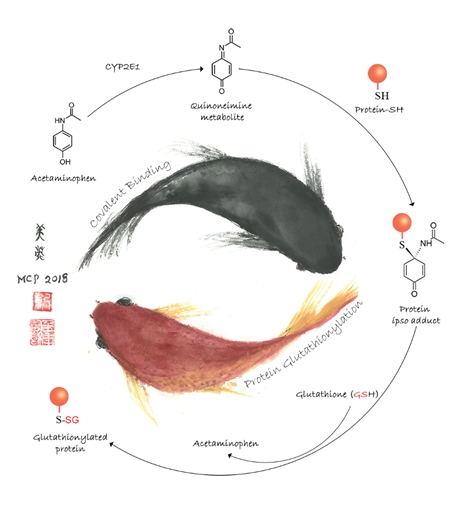Highlights

Biomarkers for diagnosing intake of OXIZID synthetic cannabinoids
November 29, 2022NUS pharmaceutical scientists have successfully identified the urinary biomarkers of an emerging OXIZID subclass of synthetic cannabinoids to monitor potential…
Read More
Simulation technologies for optimising COVID-19 drug therapies
June 30, 2022NUS pharmaceutical scientists have developed a modelling and simulation strategy to evaluate the pharmacotherapy of COVID-19 related drugs and help…
Read More
Novel strategy for identifying biomarkers of synthetic cannabinoids
August 30, 2021NUS pharmaceutical scientists have developed a strategy to biosynthesize metabolites of a novel synthetic cannabinoid, ADB-BUTINACA, and identify its optimal…
Read More
Diagnosing intake of two new psychoactive substances
February 05, 2021NUS pharmaceutical scientists have developed a systematic approach to understand how the human body manages two new psychoactive substances (NPS)…
Read More
Optimising Drug Therapy of Prostate Cancer
July 06, 2020NUS pharmaceutical scientists identified novel binding kinetics of the prostate cancer drug abiraterone to its pharmacological target. This allows optimisation…
Read More
Mechanism of paracetamol toxicity
October 31, 201831 Oct 2018. NUS pharmaceutical scientists have discovered a mechanism associated with paracetamol toxicity for the development of safer and…
Read More
Gut bacteria influences drug-induced liver injury
September 05, 20175 Sep 2017. NUS pharmaceutical scientists found that modulation of gut bacteria could enhance drug therapeutic value. Pharmaceutical drugs are broken…
Read More
Metabonomics reveals biomarkers of diabetic retinopathy in blood
September 13, 201613 Sep 2016. NUS pharmacists have discovered signatures of diabetic retinopathy in blood samples which can identify those at a higher…
Read More
Inhibition of key cardiac enzyme by heart rhythm controlling drug
April 18, 201618 Apr 2016. NUS scientists have discovered for the first time that dronedarone inhibits human cardiac cytochrome P450 2J2 (CYP2J2).Patients…
Read More

